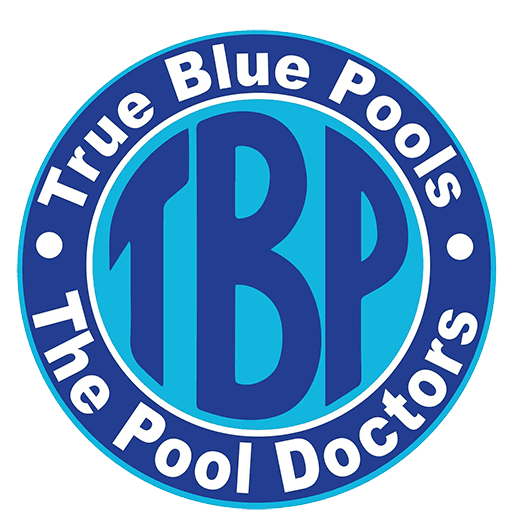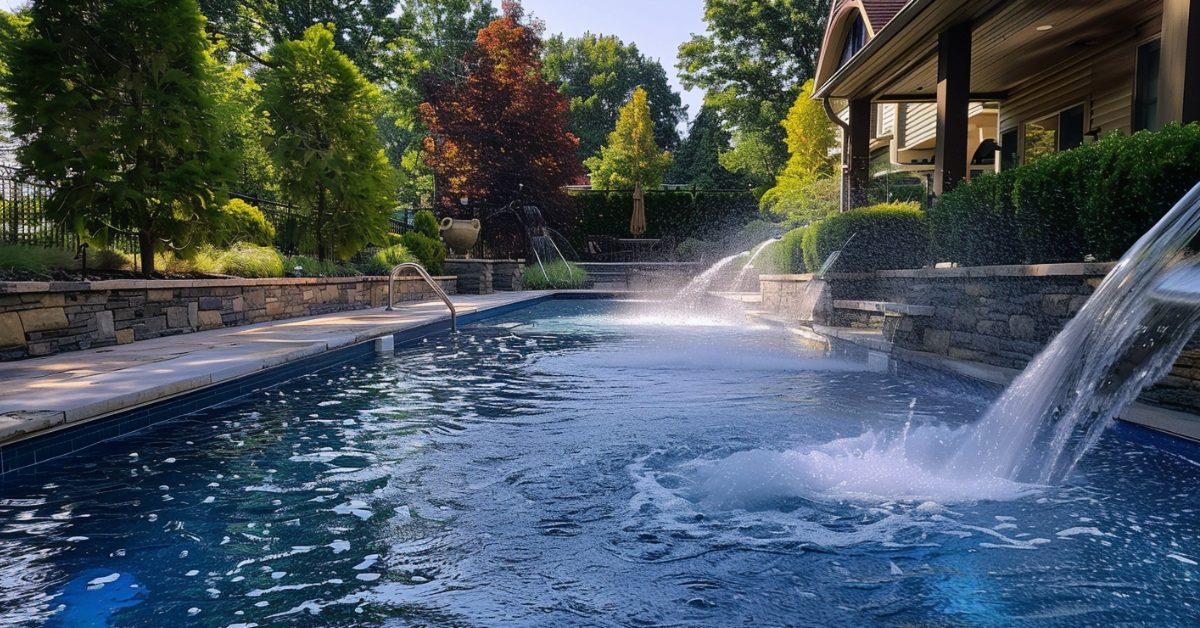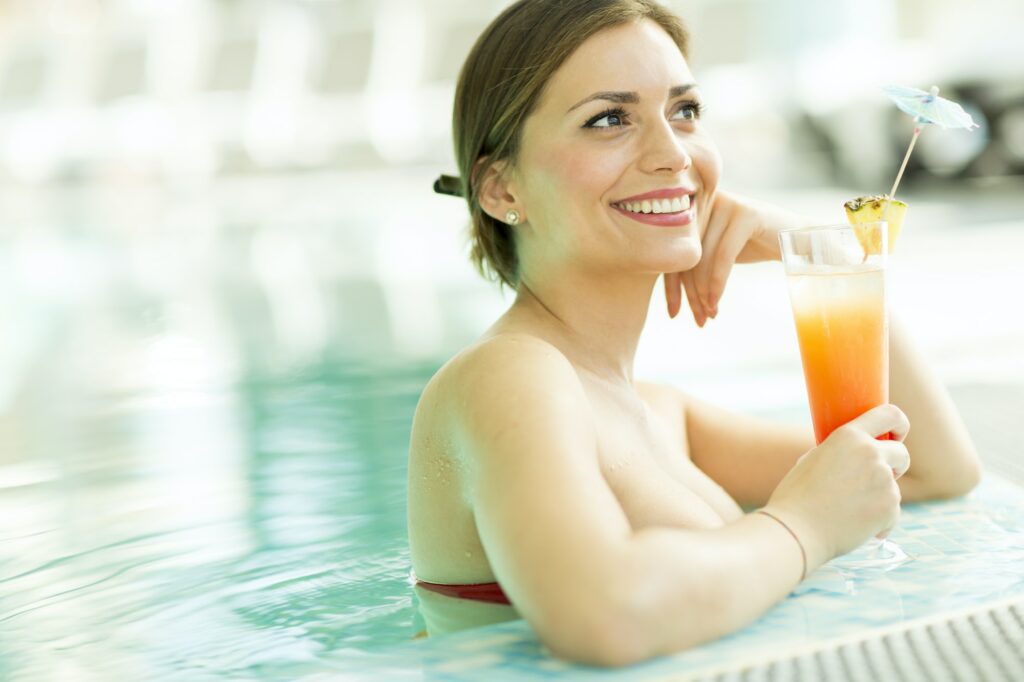Some pools have gotten off to a rough start this swimming season. We have had issues with holding a healthy chlorine level in many pools. We thought it would be a good idea to address this phenomenon called chlorine demand in a blog post.
Chlorine demand is the inability to keep an adequate free chlorine residual in pool water, even though the water is balanced and properly maintained. It can be low total and free chlorine residuals or high combined chlorine (chloramines).
Chlorine demand is caused by contaminants entering the pool that increase oxidation levels or tie up free available chlorine. Symptoms can include slimy or slick pool walls and cloudy water, although water can be clear and still have a high chlorine demand.
A sudden drop in cyanuric acid (and no leak or water loss) can indicate a chlorine demand problem, as the demand often masks the CYA reading. If this occurs, do not add a stabilizer.
Causes of Chlorine Demand
Specific causes of chlorine demand can include heavy bather loads, inconsistent maintenance, or external sources such as fertilizers, pesticides, and nearby roadwork. Following are some common causes and their explanations:
Resistant Algae, Fungus or Bacteria
An infestation can exhaust normal chlorine residuals and require a specially formulated algicide to solve the problem. Often, the growth is not visible on the pool surface itself. Pink slime and water mold are notorious for growing first inside lines, skimmers, and behind light niches before becoming visible. Growth in these areas can deplete chlorine steadily.
Nitrogen Contamination
Lawn fertilizers and other nitrogen products in pool water produce a high level of chloramines, which require larger amounts of chlorine for oxidation.
Source Water
Even a local municipal water supply can create high chlorine demand, especially if it contains chloramines. When fill water is added to the pool, chloramine and nitrogen levels rise, requiring more chlorine. Shocking after-fill water addition helps prevent excessive chloramine levels in this situation, as does avoiding adding large amounts of fill water at a time.
Rain and Pollution
Contaminants from factories, highways, airports, and other sources may be deposited in pool water, especially during rainfalls. Clouds sometimes transport pollution over long distances. Rain and wind also carry algae spores, leaves and other debris, raising chlorine demand. During the winter, stagnant water in uncovered pools exposed to air, rain and snow often develops chlorine demand problems.
High Bather Loads
A large crowd using the pool over a few days can boost bacteria and oxidizable compounds in the water to unusually high levels. Requiring all swimmers to shower before swimming can help prevent this. Since this isn’t likely most of the time, shock immediately follows parties or other occasions where many people have enjoyed the pool.
To Eliminate Demand
Shock the pool with 3 lbs. of SuperSonic per 10,000 gallons of pool water.
Circulate the water continuously. Three hours after adding the product, test the water for chlorine. If it is not greater than three ppm, repeat step one.
Continue shocking and retesting every three to four hours until you can maintain a three ppm free chlorine reading for 24 hours.
OR
Drain 2.5 feet of water and dilute with fresh water to eliminate some of the demand.
To minimize the risk of chlorine demand from outside contaminants, after periods of heavy use, shock the pool and avoid getting toxic chemicals into the pool, such as fertilizers, lawn sprays, pesticides and other pollutants.
Contact True Blue Pools today to get more information.
True Blue Pools is Lexington’s and Georgetown’s premier swimming pool retail and service provider. Our services include weekly service, pool openings, pool closings, pump & filter installs, vinyl liner replacement, spring cleanup, salt system install, safety cover install, light replacement, chemical delivery, and free in-store water testing.
Lexington, KY Pool Store
- 3323 Partner Pl, #5
- Lexington, KY 40503
- Email: wyoung.truebluepools@gmail.com
- Phone: 859-523-0755
Georgetown, KY Pool Store
- 98 Finley Dr #600
- Georgetown, KY 40324
- Phone: 502-370-4397





